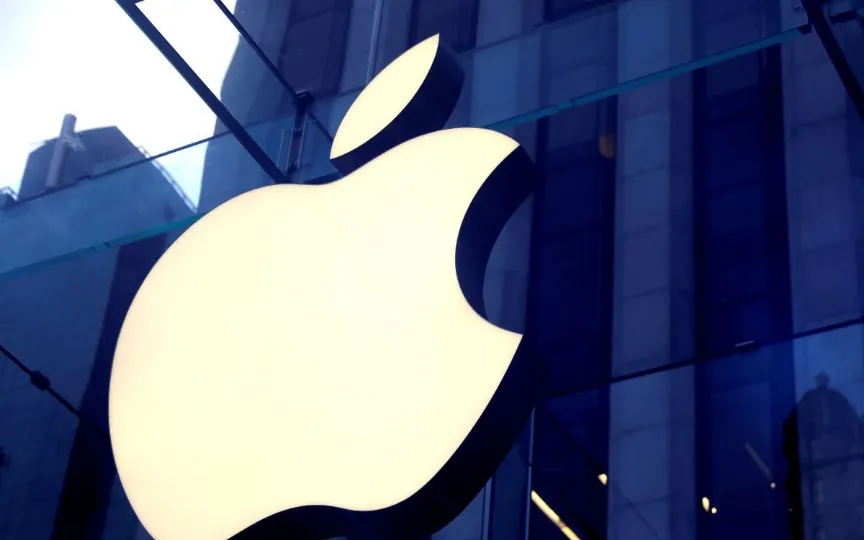TRAI Investigates Increase in Call Drop Complaints, Launches Review of Service Quality Regulations
Telecom regulator Trai on Friday said it has received several complaints from subscribers about call drops, prompting the need to review existing quality of service rules to measure network performance at the circuit level and bring 4G-5G services into its circuit as well.
The Telecom Regulatory Authority of India (Trai) said that while technological advancements and performance management tools in mobile communications have advanced, the quality of experience (QoE) for consumers has not improved as expected, even as the quality of service (QoS) requirements have improved. supported by technology standards.
“Even though the coverage of 4G networks in the country is extensive and 5G services are being introduced, complaints about dropped calls, the number of mutes, low data transmission capacity, etc. are increasing, which raises questions about network planning and acquiring the necessary network resources. Trai said.
The regulatory authority has proposed to tighten call drop parameters, call success rate etc. as per quality of service rules.
“Questions related to the quality of telecom services are not only reflected in consumer complaints, but also receive significant attention in parliamentary questions,” said Trai.
The regulator said quality of service standards for wireless data services were announced in the era of 2G and 3G services, when data services were delivered over circuit-switched networks and their QoS performance benchmarks were set based on the capability of the underlying technology.
Currently, packet backbone networks equipped with LTE (4G), LTE-Advanced and 5G technology make up more than 75 percent of the country’s telecommunications network. It said the current QoS benchmark has latency of less than 250 milliseconds (ms) for wireless data services and less than 120ms for fixed broadband services, which are out of sync with current application requirements.
“The QoS parameters and benchmarks for voice and data services are technology agnostic in the current regulations. Relevant terminology for 5G services has also been updated in the draft regulations to monitor the QoS performance of 5G,” Trai said.
Currently, quality of service is measured at the telecommunications circuit level, which is usually equal to the size of the state level.
Trai said performance against some QoS benchmarks such as network availability and call drop rates varies across regions.
“Due to LSA averaging, even very poor performance compared to QoS benchmarks in a few areas may not show up in performance reports. Therefore, in such cases, performance against QoS benchmarks may need to be checked even at the circuit level, if necessary,” the regulator said.
Trai pointed out that while service providers have launched mobile apps and web interfaces for customers, consumers still face problems in registering complaints due to complex workflows.
It said the number of calls to call centers has not decreased, and service providers in many cases are unable to meet current benchmarks even after the introduction of mobile apps.
“Furthermore, the mobile network has a significant number of feature phones that cannot use mobile applications to register complaints. Therefore, the authority is not in favor of relaxing this benchmark for reachability of call center numbers and percentage of calls answered by operators, Trai said.
The regulatory authority has set September 20 as the comment date for the draft rule, and October 5 for counter-comments.




